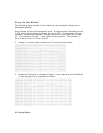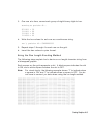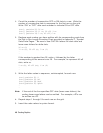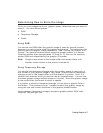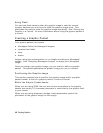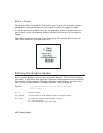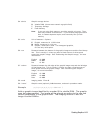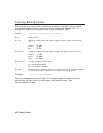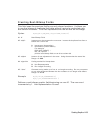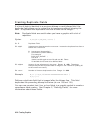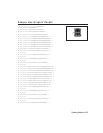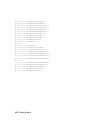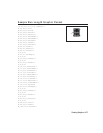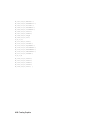G4. device Graphic storage device:
R Volatile RAM (format must contain a graphic field)
T Temporary Storage
F Flash Memory
Note: If you are using flash memory, send the graphic only once. Then,
send only batches to reference it. If you re-send the graphic each
time, it creates separate copies, and eventually fills up flash
memory.
G5. units Unit of measure. Options:
E English, measured in 1/100 inches
M Metric, measured in 1/10 mm
G Graphic, measured in dots. For bitmapped graphics,
G is the only valid option.
G6. row Distance between the bottom of the graphic image area and the first bitmap
line. This is usually 0, unless you want a fixed amount of white space
around the graphic image. See “Positioning the Graphic Image,” for more
information.
English 0 - 365
Metric 0 - 927
Dot 0 741
G7. column Distance between the left edge of the graphic image area and the left edge
of first bitmap line. This is usually 0, unless you want a fixed amount of
white space around the graphic image. See “Positioning the Graphic
Image,” for more information.
English 0 - 189
Metric 0 - 480
Dots 0 - 383
G8. mode Imaging mode. Enter 0.
G9. “name” Graphic name (optional), 0-8 characters, enclose in quotation marks.
Example {G,99,A,R,G,0,0,0,"99Wire" p
Adds a graphic image identified by number 99 to volatile RAM. The graphic
uses dot measurement. The image will be placed according to the row and
column parameters in the graphic field. The imaging mode is 0 and the
image is called 99Wire.
Creating Graphics 4-11




